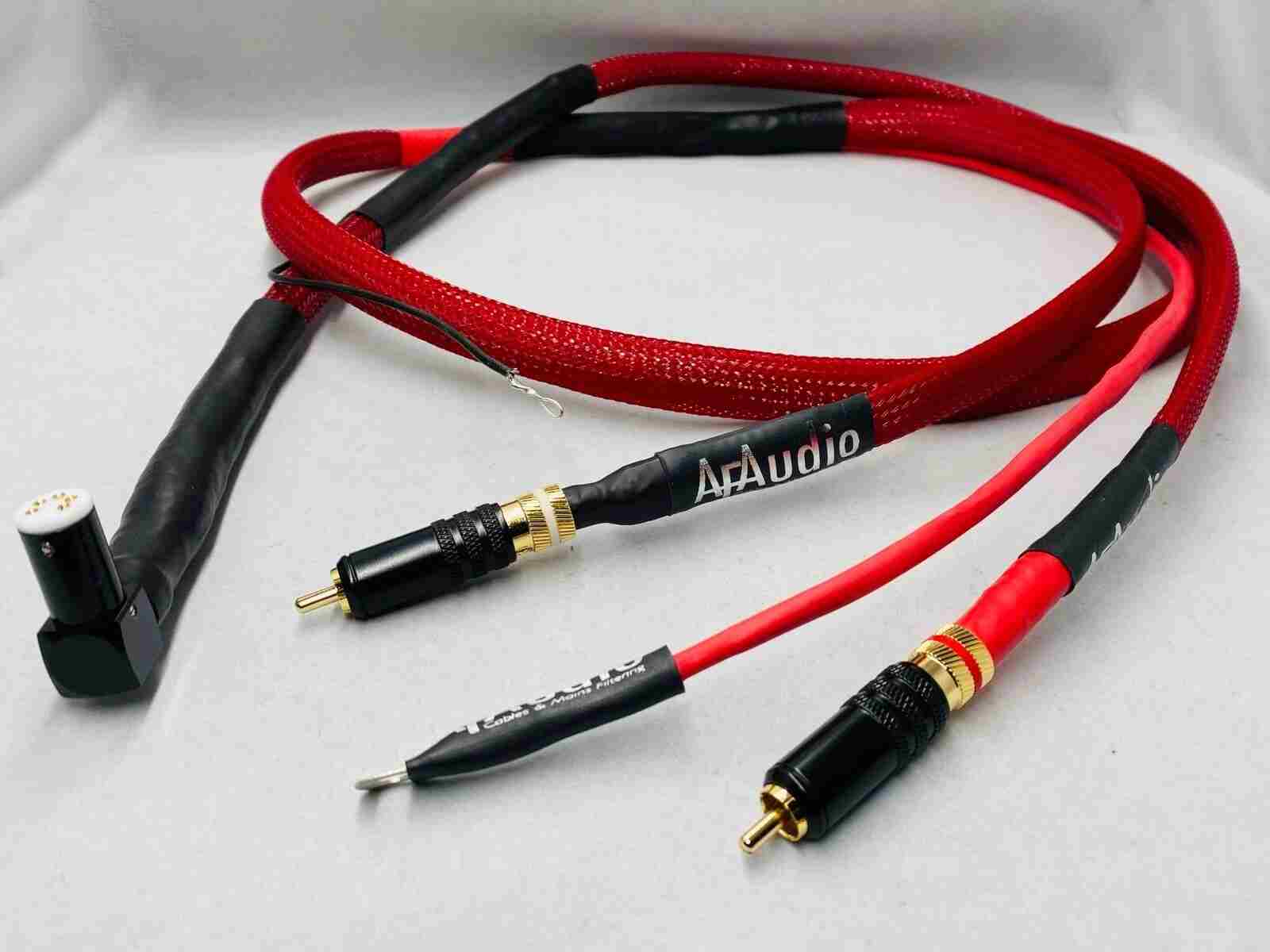


Discover how RCA cables work and why they remain a reliable choice for audio and video connections today.
Burton on Trent, 3-7-2025 – In an age dominated by high-definition digital connections like HDMI, USB-C, and optical audio, many people still rely on the tried-and-true RCA cable for everyday audio and video needs. But with newer technologies pushing boundaries, one simple question continues to surface: how does RCA cables work, and why are they still relevant?
Whether you’re a seasoned audio engineer, a home theater enthusiast, or simply someone connecting an old DVD player to a TV, understanding how RCA cables work can give you a deeper appreciation for the systems we often take for granted.
RCA cables—named after the Radio Corporation of America, which introduced them in the 1940s—are analog connectors used to transmit audio and video signals. They are one of the most common types of AV cables and have played a crucial role in home entertainment systems for decades.
Most RCA cables come in a three-color configuration:
Red – Right audio channel
White (or black) – Left audio channel
Yellow – Composite video
These cables are color-coded to ensure easy and accurate connections between devices like TVs, VCRs, DVD players, gaming consoles, amplifiers, and speakers.
To understand how RCA cables work, it’s important to break down their structure and purpose.
Each RCA cable consists of two main components:
The Central Conductor: This wire carries the signal—either audio or video—from the source to the output device.
The Shielding (Ground): Wrapped around the conductor, this layer protects the signal from external interference (like electrical noise) and provides grounding to complete the circuit.
When an RCA cable is plugged into a device, it establishes an electrical connection. The center pin of the RCA connector sends the signal, while the outer ring (ground connection) completes the loop. Because it’s an unbalanced signal, it’s more prone to noise over longer distances—hence why RCA cables are generally recommended for shorter runs (under 25 feet for optimal quality).
The audio RCA cables (red and white) send stereo signals, meaning they carry separate left and right audio channels for a fuller, more immersive sound. The yellow video RCA cable carries a composite analog video signal, combining brightness, color, and sync into one channel.
There are several variations of RCA cables depending on the application:
Stereo RCA Cables: These use two plugs—red and white—for stereo audio.
Component RCA Cables: These use three video plugs—red, green, and blue—to separate color signals and offer higher video quality than composite.
Digital Coaxial RCA Cables: These look similar to regular RCA cables but are designed to carry digital audio signals with a higher bandwidth.
Despite the dominance of digital cables, RCA cables remain widely used for several reasons:
Legacy Device Compatibility: Many older audio and video devices—such as VCRs, CD players, and retro gaming consoles—only support RCA connections.
Simplicity: RCA cables are plug-and-play. No configuration, setup, or software required.
Affordability: They are inexpensive and widely available.
Sufficient Quality for Casual Use: For standard-definition video and analog audio, RCA delivers more than enough performance for most casual users.
In particular, audiophiles and vintage equipment enthusiasts often favor RCA cables for their warmth and analog authenticity. Paired with quality gear, RCA connections can produce exceptionally clean and dynamic sound.
While RCA cables are convenient and useful, they do have limitations:
Analog Signal: RCA transmits analog signals, which can degrade over distance or due to interference.
Limited Resolution: Composite RCA cables are restricted to standard-definition video (typically 480i), making them unsuitable for HD content.
Unbalanced Audio: RCA cables don’t use a balanced signal, making them more susceptible to electrical noise, especially in longer cables.
For these reasons, HDMI, Toslink (optical), and balanced XLR cables are often preferred for professional or high-definition applications.
To get the best performance out of your RCA connections:
Use Quality Cables: Look for gold-plated connectors and shielded cables to reduce interference and corrosion.
Keep Cables Short: Try to keep RCA cable runs under 25 feet to minimize signal degradation.
Avoid Power Cables: Keep RCA cables away from electrical wires to avoid signal interference.
Secure Connections: Ensure that connectors are snug and clean for optimal contact.
If your RCA setup isn’t working, check the following:
Loose Connections: Ensure the cables are fully inserted into the correct color-coded ports.
Cable Damage: Check for visible wear or frayed ends.
Incorrect Source/Input: Make sure both the sending and receiving devices are set to the correct input/output settings.
Port Damage: Occasionally, the issue may be with the device’s port, not the cable.
So, how does RCA cables work? In essence, they carry analog audio and video signals through a simple two-conductor system—one for signal, one for ground. While not as advanced as HDMI or digital interfaces, they continue to be a reliable, affordable, and functional solution for countless users worldwide.
At a time when more consumers are dusting off old vinyl players, gaming consoles, and classic stereo receivers, RCA cables are once again proving their timeless value. Whether you’re setting up a home theater, working on a DIY audio project, or just connecting two devices, RCA cables remain a practical and effective choice.
For more information on RCA cables, or to purchase high-quality connectors and accessories, visit https://afaudio.co.ukor contact us at [email protected]/07545 197766.
Media Contact:
AfAudio
Phone No-07545 197766
Email [email protected]
Websites -https://afaudio.co.uk
